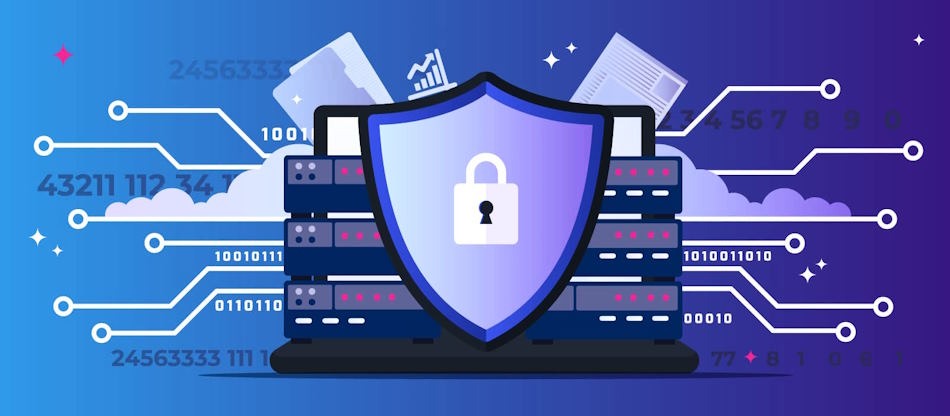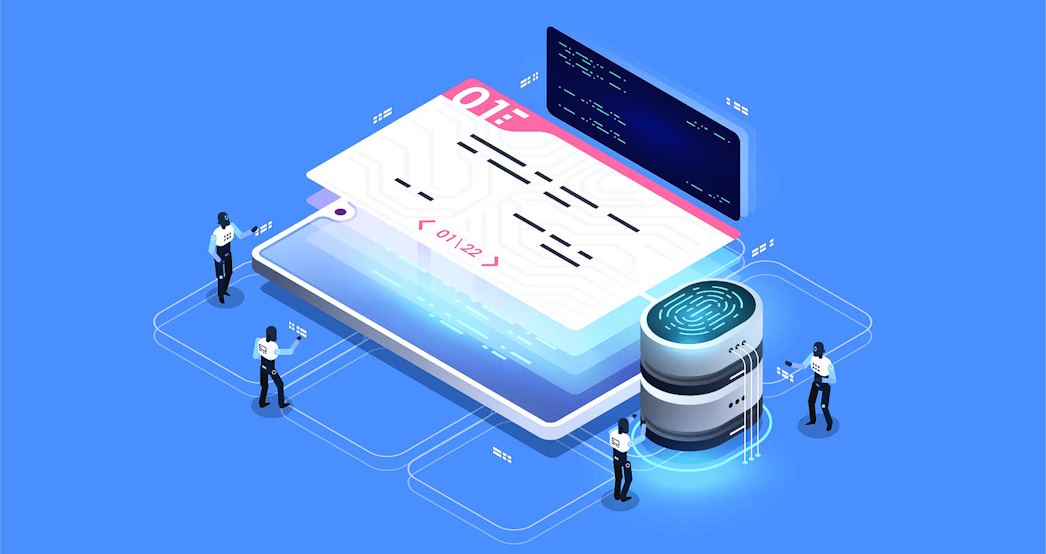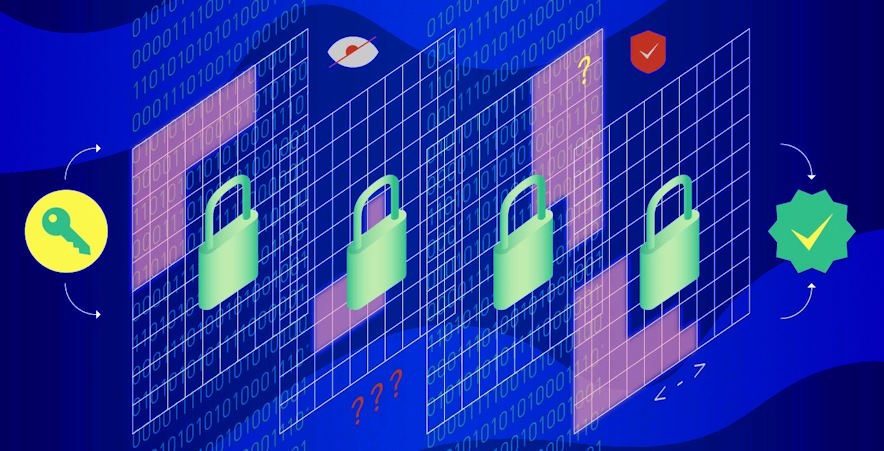Blockchain technology has emerged as a revolutionary force across industries, promising transparency, security, and decentralization. However, as the adoption of blockchain systems continues to expand, so do the challenges associated with ensuring the integrity and security of these systems. This is where blockchain auditing steps in, serving as a critical process to verify and maintain the security of transactions, smart contracts, and overall system architecture. In this era of digital transformation and evolving cyber threats, the need for robust tools and techniques for blockchain auditing has never been more evident.
Tools for Blockchain Auditing
Blockchain technology has introduced a paradigm shift in data management and security, but with its revolutionary potential comes the imperative to ensure its robustness against vulnerabilities and threats. Blockchain auditing tools play a pivotal role in fortifying these decentralized ecosystems. Let’s delve into the arsenal of tools that empower auditors to maintain the integrity of blockchain systems.
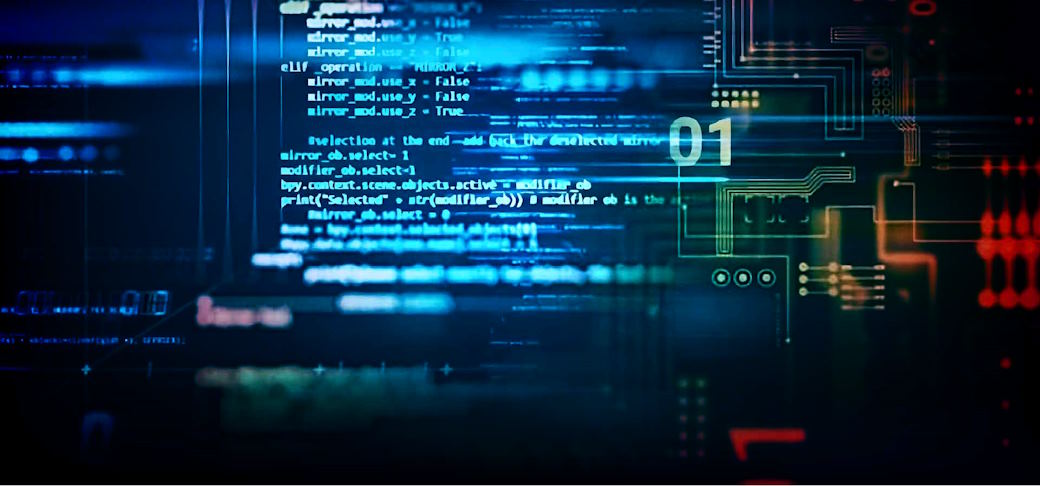
- Node-level monitoring and logging:
At the heart of a blockchain network are nodes, the participants responsible for maintaining the distributed ledger. Monitoring their activities in real-time is crucial. This offers a proactive approach to identifying potential security breaches or anomalous behavior that might compromise the network’s integrity. Log analysis, in particular, stands out as a powerful tool. It sifts through the vast amounts of data generated by nodes, pinpointing deviations from the norm and alerting auditors to potential threats.
- Transaction analysis tools:
Transactions are the building blocks of any blockchain. Ensuring their authenticity and traceability is paramount. Transaction analysis tools enable auditors to track the journey of assets across the network, detecting discrepancies or unauthorized activities. These tools also excel at identifying patterns indicative of fraud or suspicious behavior, facilitating timely intervention.
- Smart contract analysis platforms:
Smart contracts automate and enforce agreements on the blockchain. However, flaws in their code can lead to catastrophic consequences. Static analysis tools scrutinize smart contract code for vulnerabilities during development, fortifying them against potential exploits. Dynamic analysis, on the other hand, provides insights into how smart contracts behave in real-world scenarios, mitigating risks tied to their runtime behavior.
- Blockchain explorers and visualization tools:
Blockchain explorers offer a window into the blockchain’s history, enabling auditors to track transactions and blocks in-depth. These tools furnish real-time insights into the state of the blockchain, enhancing transparency and accountability. Visualization tools transform complex data into intuitive graphics, simplifying the auditing process and aiding in the identification of trends or anomalies.
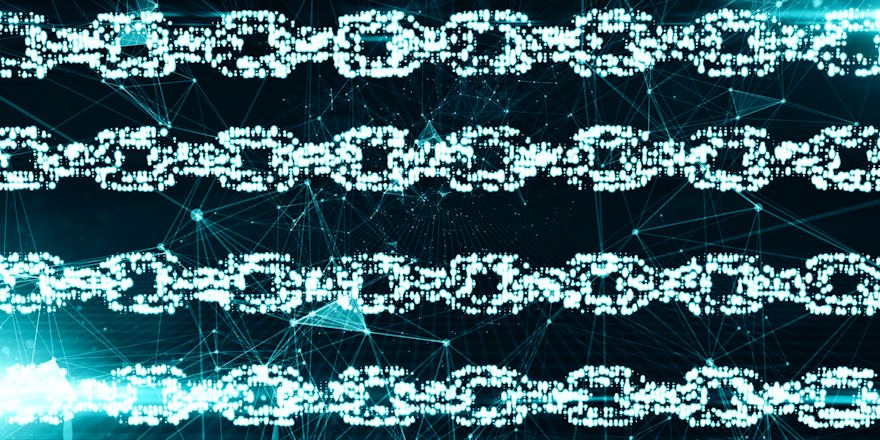
Techniques for Effective Blockchain Auditing
As the adoption of blockchain technology continues to expand, the need to ensure its security and integrity becomes increasingly paramount. Effective blockchain auditing techniques serve as the guardians of trust in these decentralized systems. Let’s explore the strategies that auditors employ to maintain the robustness of blockchain ecosystems.
- Forensic analysis of blockchain data:
Blockchain’s transparent and immutable nature lends itself well to forensic analysis. Auditors can trace unauthorized transactions back to their origin, identifying potential culprits. Additionally, tracking the flow of assets across the blockchain aids in reconstructing events, facilitating investigative processes when anomalies are detected.
- Real-time monitoring and alerts:
Proactivity is key in blockchain security. Real-time monitoring tools enable auditors to keep a vigilant eye on network activities. By setting up alerts for unusual behaviors or suspicious patterns, auditors can swiftly respond to potential security breaches. This rapid response mechanism ensures that threats are mitigated before they can escalate.
- Code review and vulnerability assessment:
Smart contracts, the self-executing contracts on the blockchain, are susceptible to vulnerabilities. Auditors perform thorough code reviews to identify weaknesses in the contract logic. Regular assessments not only uncover existing vulnerabilities but also emphasize the significance of continuous code updates and patches to maintain the system’s resilience against emerging threats.
- Penetration testing of blockchain systems:
To truly understand a system’s vulnerabilities, auditors simulate attacks through penetration testing. This process involves mimicking real-world attacks to uncover weaknesses in the system’s defenses. By subjecting the blockchain to a controlled environment of attacks, auditors enhance the system’s ability to withstand potential breaches.

